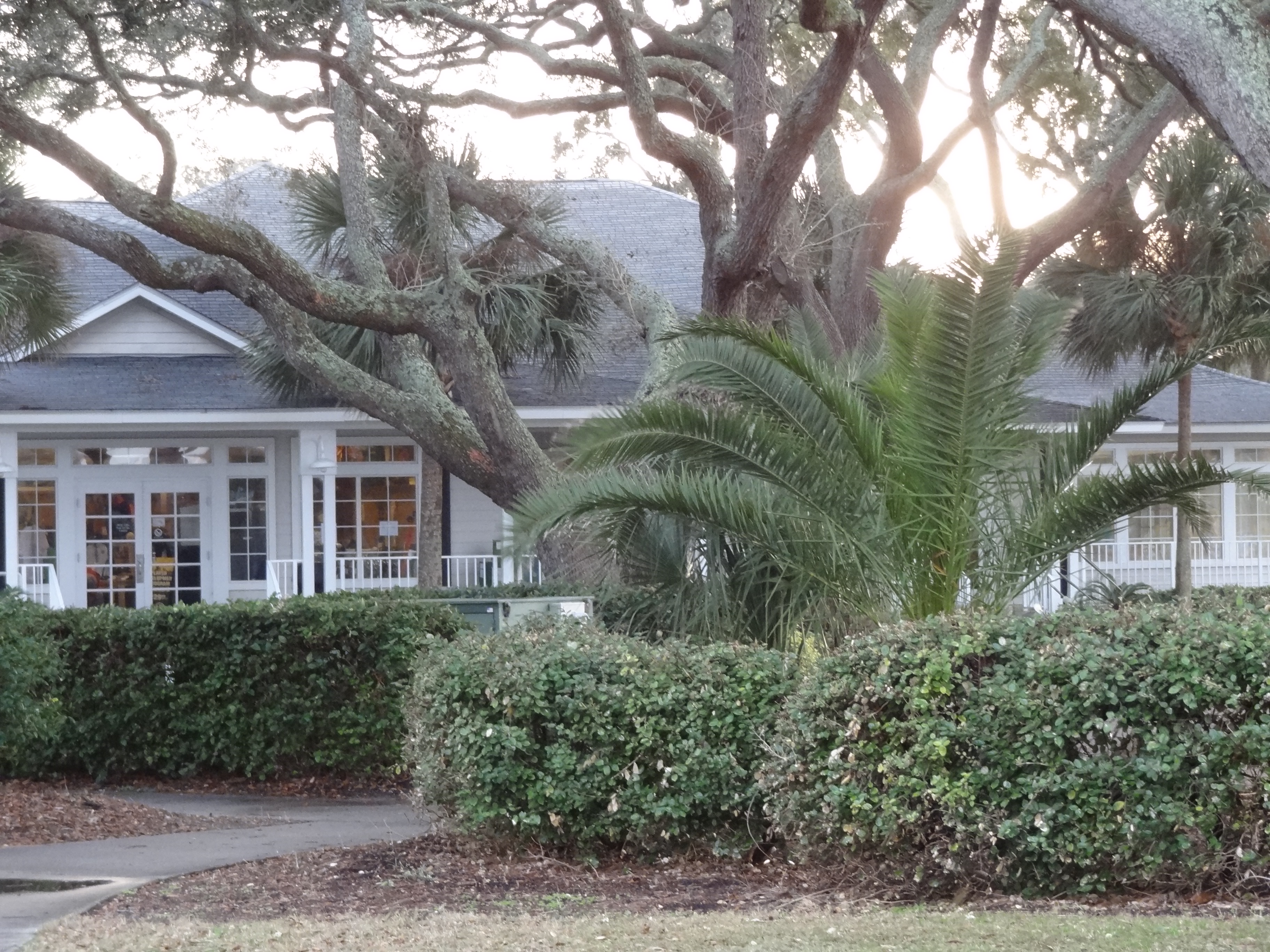By Alan Prescott
January 18, 2021
Editor’s Note: As Alan Prescott prepares his “Business of Golf Series,” he would like to continue a conversation with individuals interested in the City of Fernandina Beach Municipal Golf Club by asking for a list of 10 complaints/comments about the condition, future, and suggestions as to what you would like to see happen or eliminated at the golf course. Alan has heard from a number of people regarding his first article, “The Business of Golf.” Alan’s contact information is [email protected]

After reading the responses to my first article, I want to say “Thank you for all of your responses”. I am encouraged and see that the Municipal Golf Course CAN be turned into a special place for both local residents as well as visitors. There is so much to discuss and, in the coming days/weeks, I will try to provide you with what you need to turn the corner in golf course profitability, player enjoyment, and a detailed analysis of how to get it done in a financially responsible way.
To begin, I have been a student of the game of golf since I played my first round of golf with my father at age 7. Fast forward to age 16, when I noticed that Abercrombie & Fitch had a window display about the history of golf and golf equipment in one of their display windows on the corner of 36th street and 7th Avenue in New York City. My father was a retail shoe merchant and a men’s shoe designed at 530 Seventh Avenue (between 38th and 39th Streets) under the trade name of Benedetti Custom Shoes.
During the subsequent years, both the game of golf as well as the golf business and golf course business have changed significantly many times as the game evolved from the sport of aristocrats to the game that we know today that is available to millions of avid players. Golf equipment has evolved from crude implements and golf balls filled with feathers stuffed inside stitched pouches (called “featheries”). I will discuss the development of golf equipment in another article. Suffice it to say that golf equipment development significantly affected golf courses as it became easier to learn to play the game.
With improved golf equipment came the need for better and longer courses, complete with watering systems, new chemicals to improve golf courses, better golf course equipment, education programs to use both the new course equipment as well as how to maintain courses (course management), and training for those other personnel who ran the clubhouse as well as golf professionals to teach the game to the new masses of new golfers. With the game being carried on live television, the game exploded in popularity. New and better courses with more amenities popped up.
And, somewhere, it all began to unravel. The price of land, the cost of equipment, the cost of construction and maintenance went up, and the neglect of golf courses reared its ugly head. Look at the decline of Myrtle Beach, South Carolina, from over 100 golf courses, for example. Everyone wanted a Robert Trent Jones course or a Peter Dye course or an Arnold Palmer or Jack Nicklaus designed golf course that they could play on. And, with the price tags put on the development of those golf course designs, combined with the indiscretions of Tiger Woods and the acceleration of the cost of playing golf (greens fees, etc.), the golf bubble burst.
One great thing happened that, by far and away, benefitted Municipal Golf Courses in particular. It drove local golfers back to their local golf courses. It was the opportunity of a lifetime for those communities fortunate enough to have a facility in their communities. Those golf courses cleaned up as greens fees filled city coffers. It was so good, that many city officials allocated the excess revenues from their golf courses to “other projects” while forgetting and/or neglecting the facts when it came to maintenance of their municipal golf courses. What a mistake!!!
I am NOT here to discuss politics and waste your time in doing so. I am here to champion your golf course and aid in its re-development through developing a comprehensive business plan, meeting with you as you need me to do, have an open mind as well as open ears to what YOU as a Community, AND my advice is 100 percent free. In my years of golf experience, I have rescued many golf courses from crises, but ONLY for the love of the game and not for profit.
I have read your comments over and over again. I am absolutely sure that together, what WE have to say TOGETHER, we will make Fernandina Beach Municipal Golf Course thrive as a local “go to” destination in your area and earn a significant profit for years to come.
NEXT ARTICLE: Part One of the Business Plan. For those who have an opinion, please email to me a list of your 10 complaints/comments about the condition, future, and suggestions as to what YOU would like to see happen or to eliminate.
One suggestion has come to mind. The improvement of your golf course should be with an OTHER-CENTERED attitude. When sharing your comments/suggestions/criticisms, please consider the benefit for the Community and take into consideration your neighbors’ benefits along with yours.
As usual, I am Alan Prescott and can be reached via email at [email protected] or evenings after 7pm at 518-242-0201, AND I am for your benefit in golf.
